Plenty of enterprise designers will swear on their Herman Miller thrones that motion is nothing but a flashy distraction. A Vegas sideshow. A frivolous, jazz-hands extravaganza. Ask them, and they'll tell you: when someone's deep in the trenches churning through dashboards, firing off reports, waging war on their inbox—they don't want flair. They want speed. Raw, ruthless, Terminator-grade efficiency. Click a button? BAM! New screen. Instant. No drama. No delay.
“Delight?” they scoff. “Delight is for cupcakes and consumer apps.” In their minds, a new page should load like a desert mirage: sudden, seamless, slightly unsettling. Anything more than that, any hint of animation, gets binned faster than a serif font in a fintech app. “Just give me the data and get out of the way.”
Now, to be fair, there's a glimmer of truth in that obsession with speed. Motion just for the sake of razzle-dazzle? That's a UX foul ball. (I see you, scrolling marquee text from 2003.) Nobody wants lag when they're elbow-deep in enterprise chaos. People need tools that are fast, focused, and practically invisible. Absolutely.
But let's not pretend people morph into emotionless productivity robots the moment they log in.
These same folks? They're glued to their phones. Constantly. Swiping, tapping, giding through sleek, buttery-smooth interfaces like it's second nature. And guess what? Motion is everywhere. You'd be hard pressed to find a single iPhone interaction that doesn't involve a gentle swipe, a fade, a subtle transition that whispers, “It's okay, you're not lost. This is the way.” If motion was such a menace, Cupertino would've nuked it from orbit a decade ago. But they didn't. Because when done right, motion doesn't slow you down. It greases the rails.
Motion gives meaning to movement. It turns transitions into tiny moments of clarity. That screen didn't just appear out of the ether. It came from somewhere. That button didn't just explode content onto the page. Something shifted, something pointed the way. It's not decoration; it's choreography.
When the motion is tuned just right—thoughtful, intentional, precise—people don't even notice it. They just feel it. They say, "Wow, this app feels smooth." Not flashy. Not cool. Just right. That's motion doing what pixels and words alone can't. Helping people move faster by actually understanding what's happening. And that, my friend, is real speed.